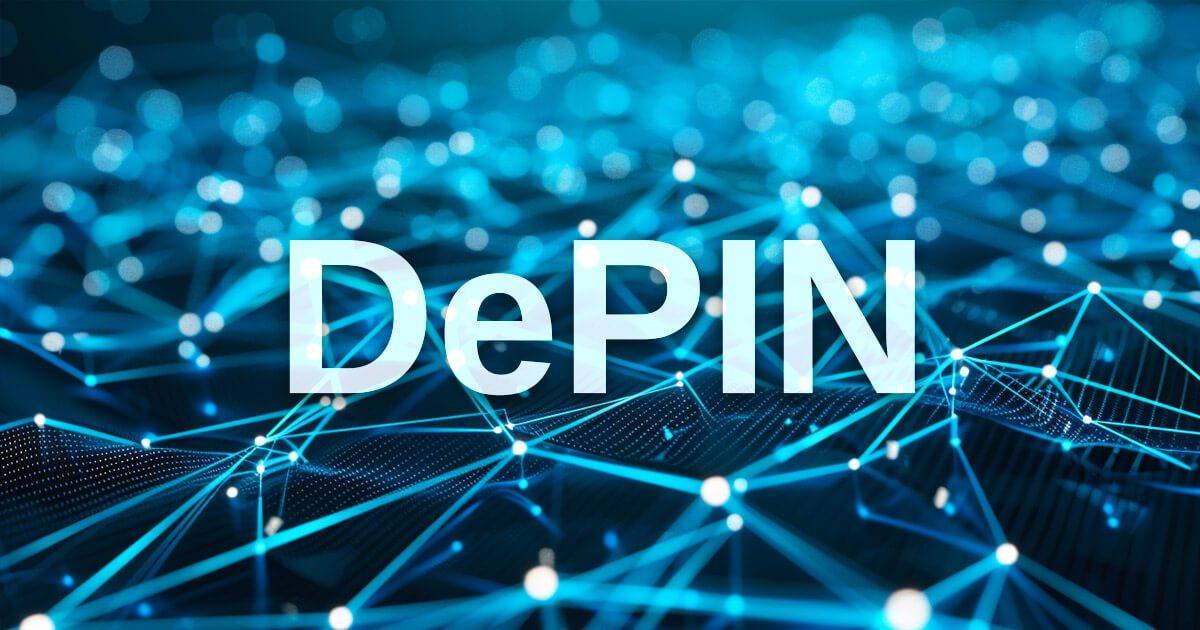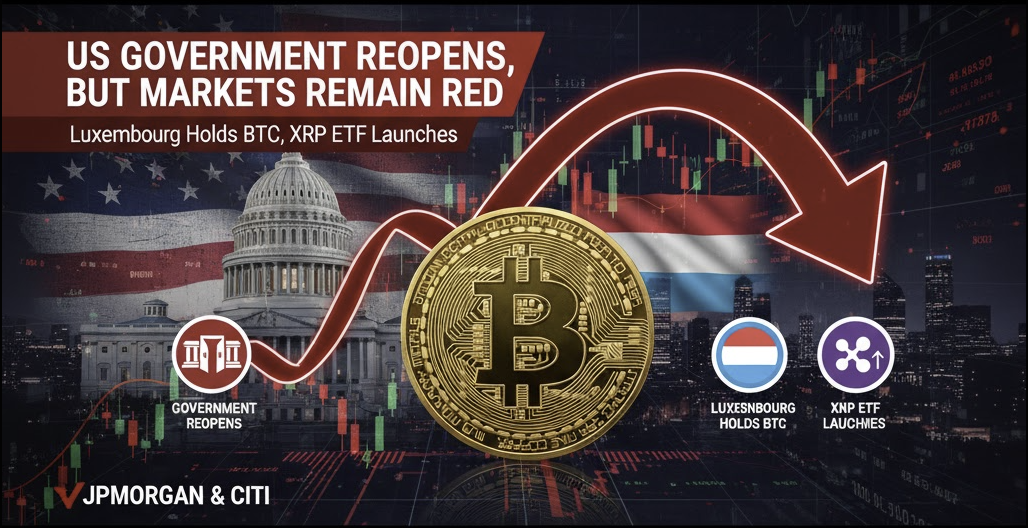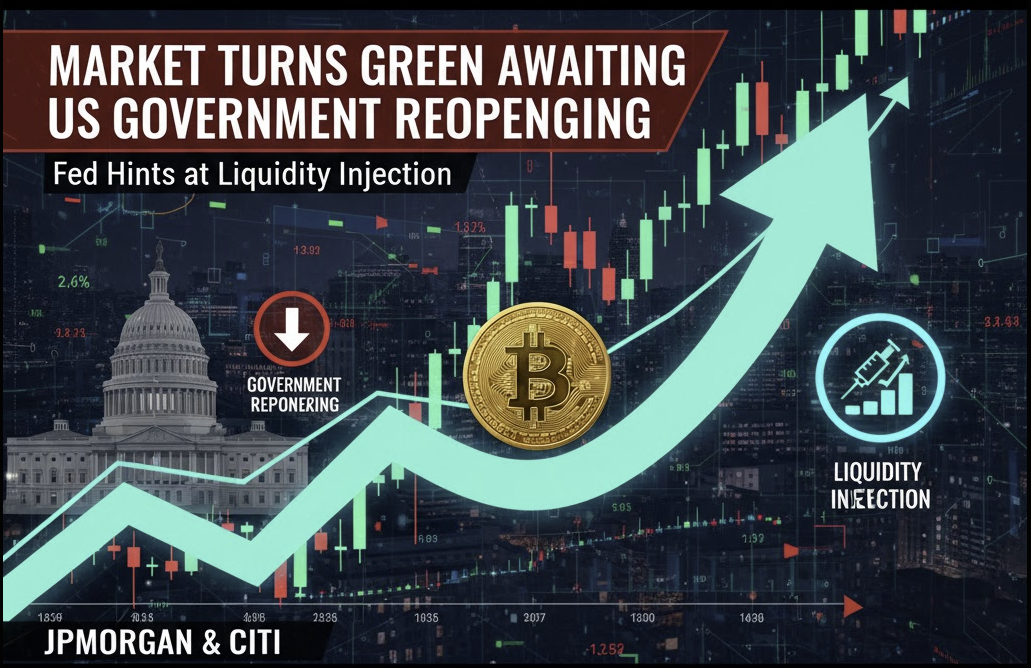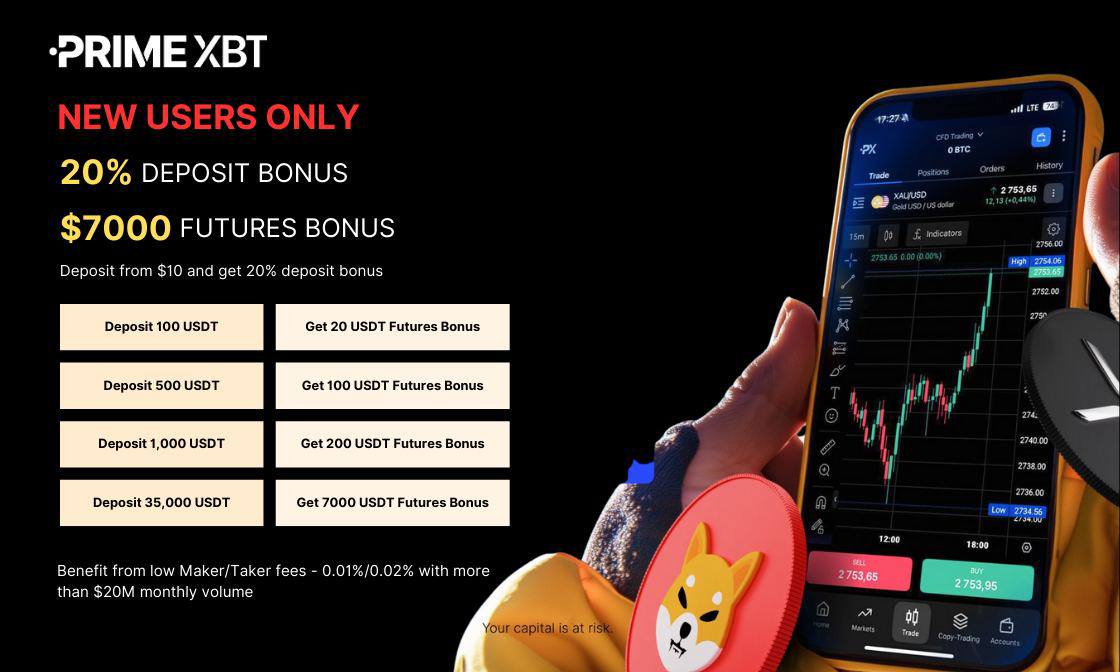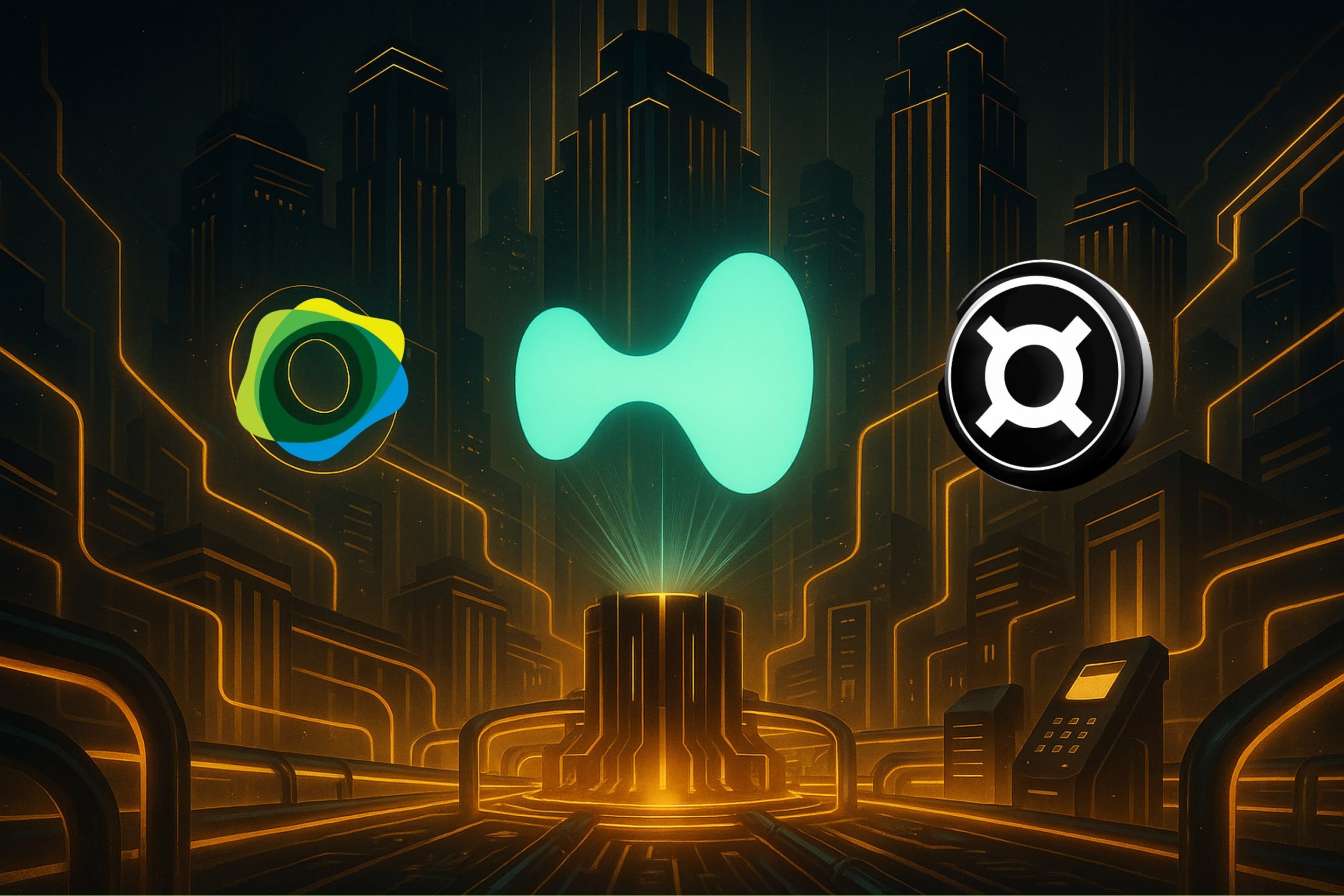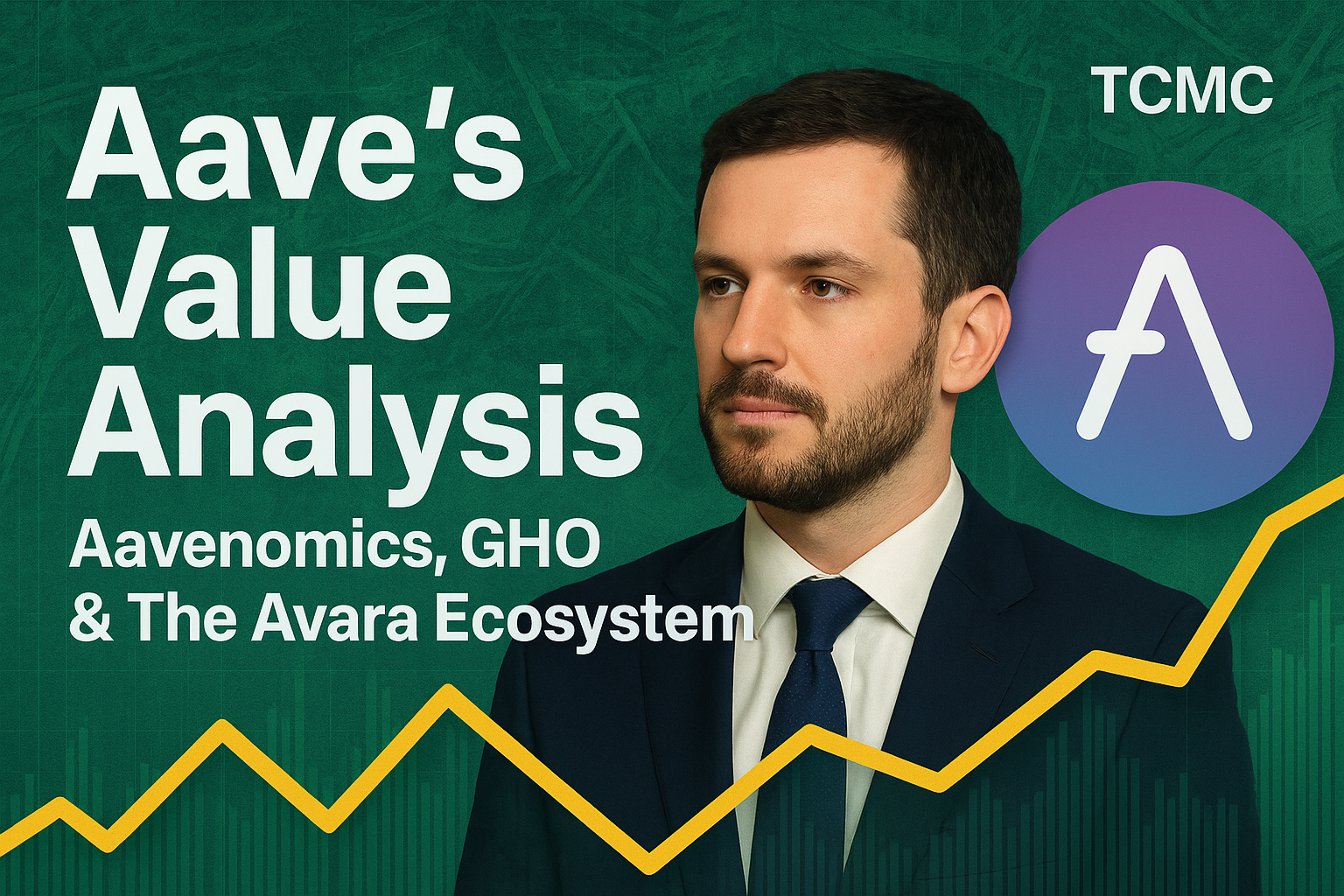In the era of digital transformation, Decentralized Physical Infrastructure Networks (DePIN) are emerging as a game-changer across various traditional industries. Have you ever wondered how these decentralized networks are transforming the way we use services? This article provides a detailed look into six key sectors of DePIN, along with the challenges and important trends you can’t afford to miss.
1. Decentralized Computing/Storage/Bandwidth
Overview: This sector provides decentralized resources for computing, storage, and bandwidth management.Notable Projects:
- U2DPN: A decentralized private network allowing users to share unused network bandwidth for passive income while offering pay-as-you-go services for secure and private internet access, similar to a VPN.
- Akash: A decentralized cloud computing platform.
- Filecoin: A decentralized storage network.Challenges: Balancing supply and demand, ensuring network performance.
2. Decentralized Telecommunications & Connectivity
Overview: Focuses on decentralized telecommunications networks, including mobile, fixed bandwidth, and WiFi.Notable Projects:
- Helium: A decentralized wireless telecom network offering affordable mobile packages.
- Dabba: A decentralized WiFi network in India, with over 14,000 hotspots.Challenges: Competing with major telecom corporations and adhering to regulatory compliance.
3. Decentralized Energy
Overview: Involves decentralized energy production, storage, and energy trading.Notable Projects:
- Clow: A peer-to-peer (P2P) energy trading platform.
- Plural Energy: A decentralized energy marketplace.Challenges: Regulatory hurdles and infrastructure upgrades.
4. Decentralized AI
Overview: Utilizes decentralized networks for training and processing AI models.Notable Projects:
- Bittensor: A decentralized AI training network.
- Gensyn: A decentralized AI processing network.Challenges: Developing sustainable tokenomics and attracting users.
5. Decentralized Data Management & Collection
Overview: Focuses on decentralized systems for data collection and management.Notable Projects:
- Hivemapper: A decentralized mapping network.
- WeatherXM: A decentralized weather data platform.Challenges: Ensuring data accuracy and incentivizing participation.
6. Decentralized Services
Overview: Encompasses decentralized service platforms like transport and delivery.Notable Projects:
- Teleport: A decentralized ride-hailing service.
- NOSH: A decentralized food delivery service.Challenges: Competing with traditional service providers and maintaining user engagement.
Conclusion
DePIN is not only reshaping the way we interact with infrastructure but also holds massive potential to revolutionize traditional economic models. However, sustainable growth for DePIN faces hurdles in regulation, infrastructure, and tokenomics. The future of DePIN could be driven by new technologies like AI and machine learning, offering higher efficiency and better user experiences. Are you ready to embrace this revolution?

